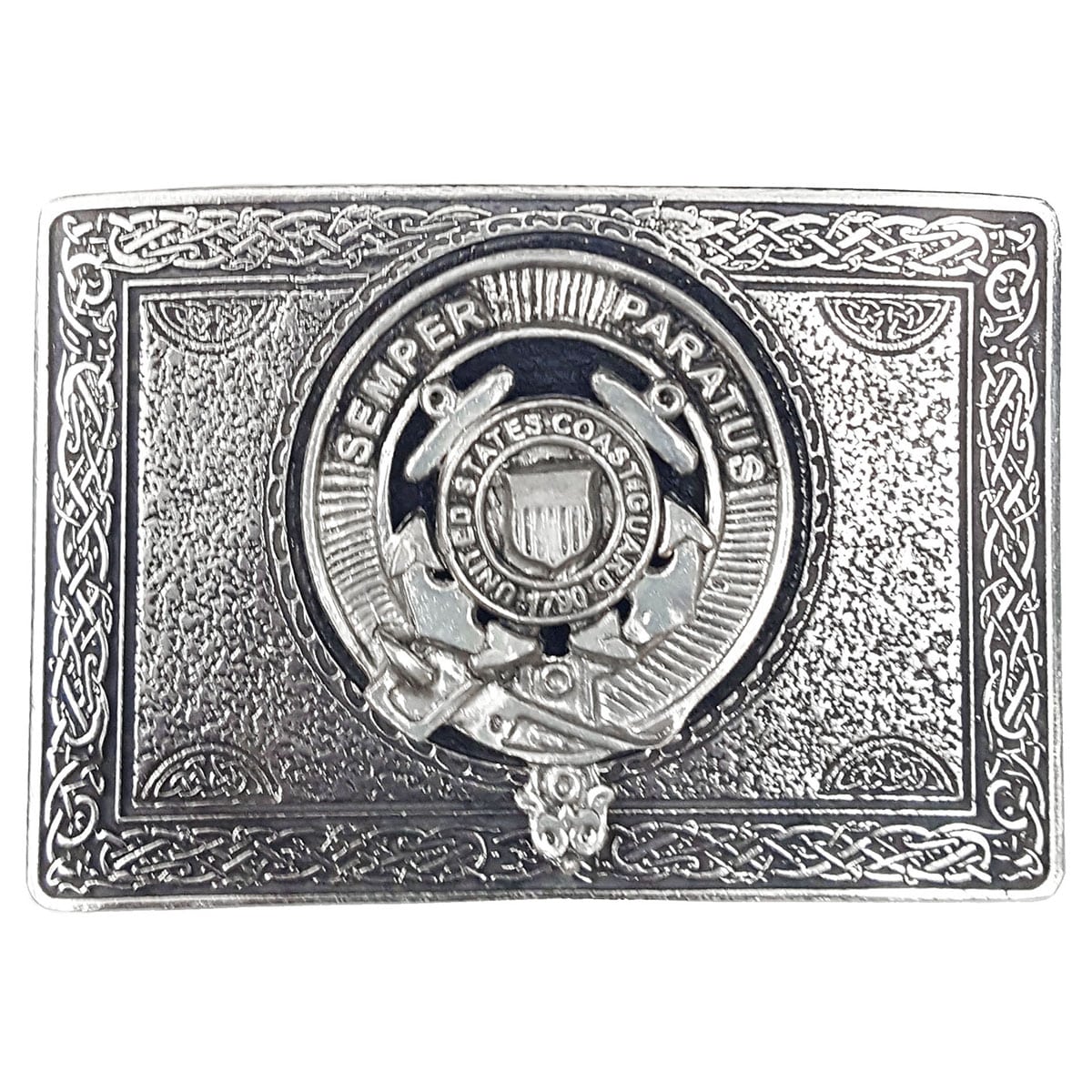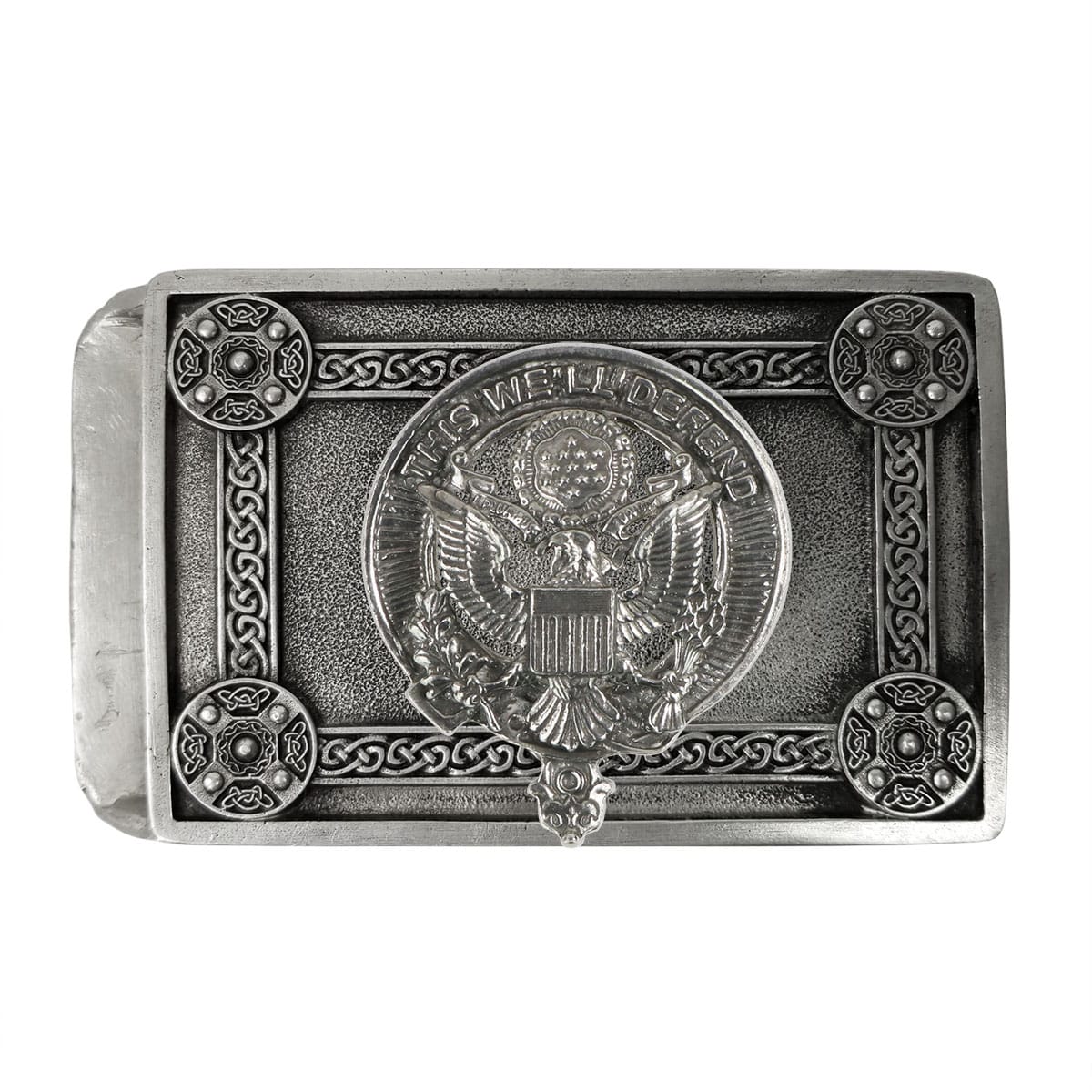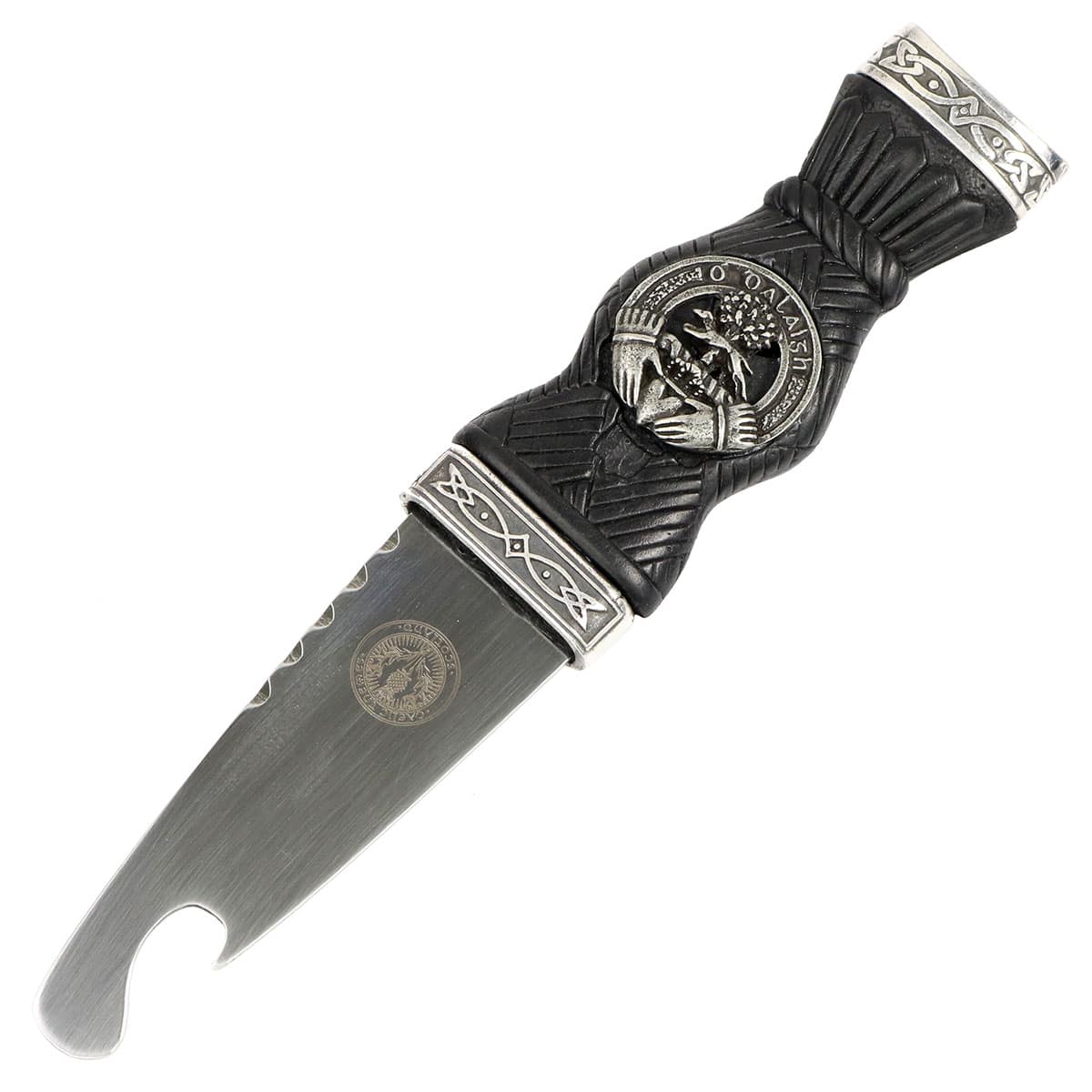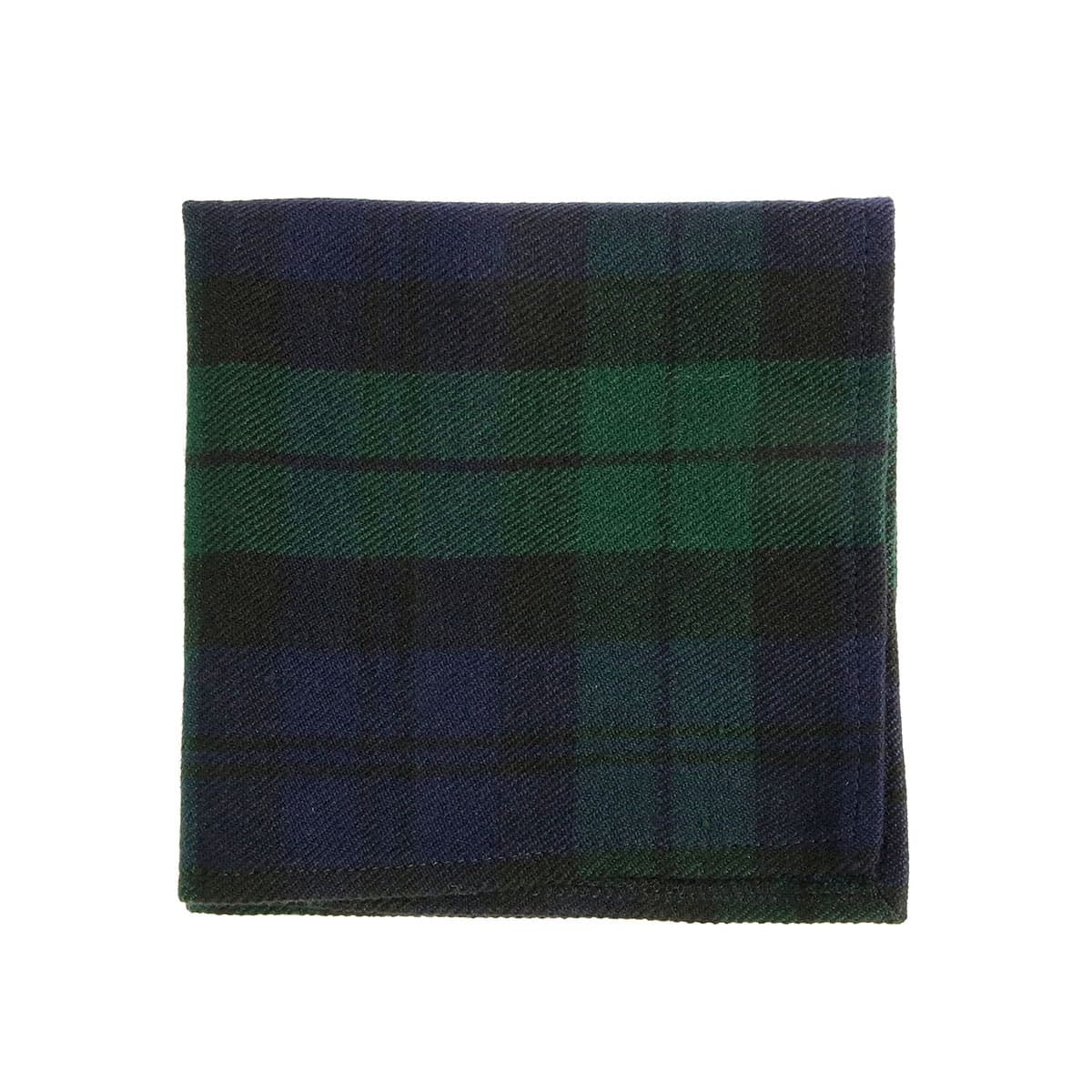We’ve all seen the image of the highlander in what we consider the traditional kilt. But what did Scots wear before kilts? After all, we only begin to see references to kilts or “belted plaid” starting in the 1500s. We have a thorough history of the kilt here, if you’re interested.
That’s right, the iconic scenes in Braveheart of the fierce Scottish warriors fighting in kilts are historically inaccurate. The pre-kilt highland dress may not capture the popular imagination in quite the same way, but don’t worry. Scots’ early clothing choices are still plenty interesting, although unlikely to catch on in the same way as the kilt.
 Dye It Yellow
Dye It Yellow
Something that would stand out to a time-traveling Scot watching most Scottish historical dramas would be the absence of yellow. Contemporaries of William Wallace and Robert the Bruce would have decked themselves out in it. What the Scots lacked in kilts, they more than made up for in the number of yellow shirts they wore.
Why yellow shirts?
The answer is pretty repellant to modern sensibilities. Horse urine was a common dye for medieval Scots. Shirts or tunics dyed yellow would have dominated the landscape in any battle or large gathering.
21st-century readers will be pleased to know that horse urine was not the only yellow dye that medieval Scots used. Saffron was an alternate, though pricey, color that wealthier Scots used. Less-wealthy Scots who wanted to waterproof their clothing would coat them in grease.
These tunics were called leine croich, and the wearer typically wore a belt with them. A close-fitting leather jacket, called a jerkin, was a frequent accessory to the yellow tunic. The Leine croich’s heyday lasted from medieval times into the 16th century when the kilt’s popularity began to rise.
Paint It Blue
Early Scots also used berries and plants as dyes. Iron Age Celts dyed the wool they used to make their clothing bright colors, but they also painted their bodies.
Roman accounts of fighting the early Celts describe some Celts as being blue. This blue body paint owed its color to a plant called woad.
Romans called the blue Celtic people to their north a nickname derived from the Latin pingere, “to paint.” This Roman name, “Picts,” referred to the coalition of indigenous northern Celtic tribes who resisted Roman rule.
Although distinct from Scots, the Picts also lived north of Hadrian’s wall and were contemporaries of the Scots. The Picts eventually united with the Scots in the 9th century CE, in part to defend themselves from Viking raids. Modern Scots can trace their lineage to Pictish as well as ancient Scottish peoples.
Accessories: If You Liked It, Then You Would Have Put a Torc On It
The Celts (the Iron Age ancestors of the people we consider the Scots) knew how to accessorize. We mentioned earlier that men wore belts with their tunics. Women wore dresses that they fastened with brooches.
Semi-circular rings worn as necklaces by high-status members of the tribe were called torcs. Torcs were highly-decorated and made of gold, silver, or iron.
What About Headgear?
Much like the kilt, many consider the tam o’shanter to be iconic Scottish headgear. However, ancient Celtic warriors wore ornate bronze helmets into battle. Distinctive helmets might have decorative features such as horns or various animals.
Celts wore their hair in white spikes when they went they went into battle. They used lime to shape their hair into these spikes. Those with longer hair wore their hair up in ponytails.
Many “Traditional” Scottish Garments are Recent Inventions
Prepare for some disappointment.
Based on contemporary writings, we see that much of what we consider historical Scottish dress is a relatively recent invention. Take, for example, clan chiefs wearing feathers in their hats or headdress. Some believe Scots adopted this tradition in Victorian times on the inspiration of American Indian headdresses.
This belief about the wearing of feathers isn’t too surprising. After all, the kilt, as we know it, has enjoyed widespread use for less than three hundred years. So far, so good, you’re probably thinking.
Hold on. We’re not done here. There are a few more sacred cows to smash.
Take, for example, the reputed inventor of the shorter kilt that many associate with Highland dress. The development of the modern short kilt is often held to be an Englishman, Thomas Rawlinson. Furthermore, the word “kilt” itself comes from a Norse word, kjilt, which means “pleated.”
At this point, we’d like to remind you once more that we are simply the messengers. We don’t make up the facts; we just report them.
18th Century Highland Dress
We are pleased to inform you that since modern Highland dress originated in the 18th century, Outlander is safe to watch. You can enjoy Claire and Jamie secure in the knowledge that they are not flagrantly violating historical accuracy. Unfortunately, the same can’t be said for every iconic entertainment property that celebrates Scottish heritage.
We’re not going to name names or anything. But you know who we mean…
Answering the Question, “What Did Scots Wear Before Kilts?”
The answer is, “Not a lot.” Those yellow tunics, or leines, seem to have been worn by both men and women. It is certainly fun to go to a Highland Games or Ceilidh and see people wearing kilts and tartan. And no one disputes that the kilt is a powerful symbol of Scottish heritage.
However, now you can spot inaccuracies when you see kilts at a Renaissance fair or in a performance of Macbeth. You don’t need to say anything, though. You don’t want to discourage any well-intentioned folks who just want to celebrate Scottish culture and heritage.
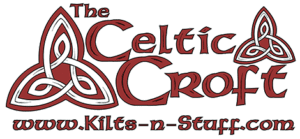
 Dye It Yellow
Dye It Yellow



